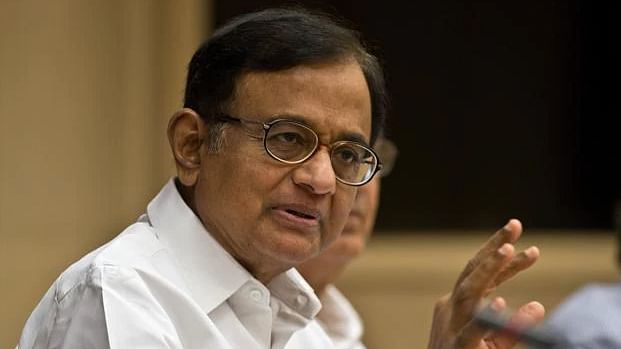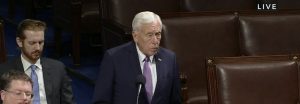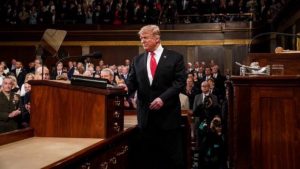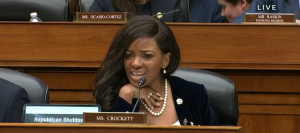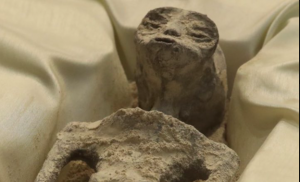P Chidambaram, India’s former Finance Minister, has described the state of the country’s economy as “catastrophic” as data released last week showed gross domestic product or GDP growth contracted steeply. In an exclusive conversation with Opoyi, the senior Congress leader accused the Narendra Modi government of “fake narratives” and refused to say what he would do right now as Finance Minister, alleging that as a member of the Opposition he does “not have full information or complete data.” He had advice, however, on some immediate next steps that the government must take.
Q: GDP figures show a 23.9 % contraction in the first quarter of 2020-21. How bad do you think the actual state of the economy is?
A: It is catastrophic. One quarter of the GDP as on 30-06-2019 has been wiped out. It means that the per capita income of the Indian people has fallen by 25%. Per capita income is a simple average. There are millions of people below the average. Assuming a 25 % fall in their incomes, if not more, many millions just above the poverty line would have been pushed below the poverty line. The government has either not understood the magnitude and terrible consequences of this collapse or, if it has, it is trotting out another fake narrative.
Q: The government says these numbers are of the first quarter when the lockdown was total and things will now get better. Do you agree that the worst is over?
A: What is ‘better’? If the second quarter, year-on-year, shows a decline of 20 %, is that ‘better’?. The cumulative decline in the first half of the current fiscal year (2020-21) would be a whopping 22 %. It is possible that some sectors will do better in the second quarter than in the first, but that does not mean positive growth. It would still be de-growth. Some sectors may do worse. I do not think the worst is over.
Q: But then the government says that there are signs of industrial activity picking up, that auto and car sales for example have improved in July/August?
A: One swallow does not make a summer. Sales of personal transport vehicles (small cars, motorcycles) could mean that pent up demand is being satisfied or that fear of public transport is driving people to buy personal vehicles. I am happy there is a pick up in sales in a few sectors, but one cannot draw general conclusions yet. Industrial activity will increase across the board when demand/consumption rises.
Q: But agriculture is showing signs of resilience and growth?
A: Because agriculture cannot be locked down. Farmers must plough, sow, weed, water, harvest, etc according to the season. We must thank the gods that agriculture is doing well.
Q: What would you have done differently if you were FM?
A: It is a wrong question to put to a politician belonging to the Opposition. We do not have full information or complete data. We can only go by data in the public domain — put out by CSO, RBI, CMIE, IMF, World Bank, Industry Associations etc. Nevertheless, we have given concrete suggestions. I have written extensively, tweeted regularly, given interviews. Please read them. The key steps for the government are borrow more and spend; transfer cash to the poor; use the mountain of food grains; pay wages in kind and start massive public works; invest in infrastructure projects; recapitalize banks; offer a rescue and revival plan for MSMEs etc.
Q: Banks are not lending but the government says the crisis in banks is a creation of the United Progressive Alliance (UPA) government led by the Congress and that the Non Performing Assets (NPA) problem of bad loans is a UPA legacy which they are having to clean up?
A: This is another fake narrative. I have demanded that the government break up the NPA into parts:
(i) Loans given during 1998-2004 (NDA 1);
(ii) Loans given during 2004-2014 (UPA 1 and UPA 2);
(iii) Loans given during 2014 onwards (NDA 2 and NDA 3).
Besides, the government must also reveal the amount of loans given during the period of the UPA government that were ‘ever greened’ or rolled over by NDA 2 and NDA 3. The government has refused to give the break up. You will be surprised if the break up is made available. Furthermore, after being in government for six plus years, how long will the Modi government claim that NPA is a legacy issue? It is their problem and they must find solutions. Banks are not lending because the Modi government has, in the last six years, vilified, harassed, persecuted and prosecuted dozens of bankers that no banker wants to take the risk and lend. ‘No loans policy’ is a no risk policy!
Q: The government is talking of a V shaped recovery. What kind of a recovery do you see?
A: I don’t see signs of a recovery, certainly not a V-shaped recovery. Some people are fearing a K-shaped recovery, some sectors recovering and some sectors continuing to decline in the near future. If a recovery begins, it is likely to be a Tamil letter ப shaped recovery. One mischievous soul told me that he prayed it will not be a Tamil letter ஶ்ரீ shaped recovery!
Q: Let’s turn to politics now: the Congress appears to be a house divided; hasn’t that meant that the Congress has been unable to mount a sustained challenge to take on the Modi government on the economy and COVID management.? Do you agree that the party needs a full-time president and a more visible leadership?
A: This interview was supposed to be confined to the economy. Nevertheless, I shall give a short answer. The Congress is the only Opposition party that has maintained a sustained, fact-based, trenchant criticism of the government and its policies. All other opposition parties are regional parties (the Communists are confined to two states) that are focused on their respective states. The media in India is playing the role of Opposition to the Opposition parties, not to the government, which is a tragedy. Let the media give us more space and time, and you will hear our criticism loud and clear. At the last meeting of the CWC it was unanimously resolved that we will elect a Congress President very soon. As far as I am concerned that issue is settled.
Also read: Disentangling the GST net – The latest Centre-state bout explained in 8 points

